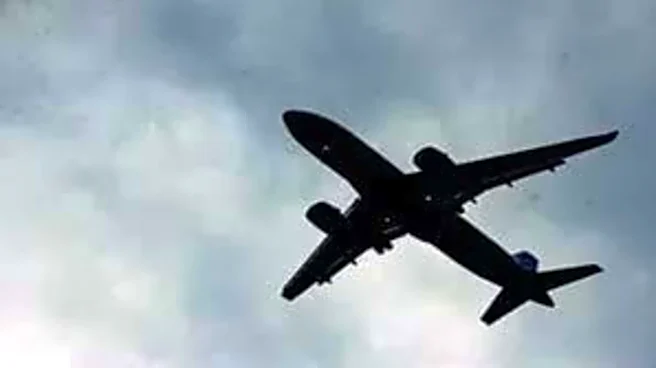Over the past week, Delhi’s Indira Gandhi International (IGI) Airport has faced unusual operational turbulence, with authorities investigating a series of suspected GPS spoofing incidents.
These are typically
seen in conflict zones or along sensitive borders such as the India-Pakistan frontier.
Fake satellite signals appear to have been transmitted to mislead aircraft about their true positions, leading to flight diversions, delays, and congestion.
Adding to the chaos, nearly 800 flights were delayed on Friday, though the immediate cause was attributed to a technical fault in Delhi’s Air Traffic Control (ATC) system.
The disruption rippled across airports in northern India, compounding the difficulties caused by the spoofing incidents earlier in the week.
According to a Times of India report, Delhi ranked second globally for flight disruptions on Tuesday, with at least seven flights diverted to Jaipur and Lucknow, despite all four of its runways being operational.
Reports suggest that on Tuesday, the Navigation Integrity Category (NIC), a measure of aircraft positioning accuracy, plunged from its usual level of 8 to 0 within a 60-nautical-mile (110 km) radius around Delhi.
Pilots first flagged these anomalies, prompting the Directorate General of Civil Aviation (DGCA) to launch an investigation, as reported by The Hindu.
The situation has been further complicated by the temporary shutdown of the main runway’s Instrument Landing System (ILS), which is being upgraded to Category III to enable low-visibility landings during heavy winter fog.
With the ILS offline, pilots have been relying more heavily on satellite-based navigation, making aircraft more susceptible to spoofing attacks. These factors combined have led to heavy delays at IGI Airport, which handles over 1,500 flights a day.
What Is GPS Spoofing?
GPS spoofing is a form of cyber interference where fake satellite signals are broadcast to deceive navigation systems about their actual location.
It differs from GPS jamming, where signals are blocked entirely, a method often used by militaries in conflict zones to disrupt enemy tracking or communications.
To illustrate, imagine your phone suddenly showing that you’re several kilometres away from where you really are.
That’s how spoofing works, by tricking the receiver into interpreting counterfeit signals as legitimate ones. In aviation, such deception can be dangerous: an aircraft flying over Delhi might appear, on cockpit instruments, to be over Chandigarh.
This miscalculation can cause serious navigation errors or flight path deviations.
Why It Matters
GPS spoofing isn’t new, but it’s becoming a growing global concern.
The Indian government informed Parliament earlier this year that 465 spoofing incidents were reported between November 2023 and February 2025 along the India–Pakistan border, particularly near Amritsar and Jammu.
According to the International Air Transport Association (IATA), there were more than 4.3 lakh instances of GPS jamming and spoofing over global conflict zones in 2024, a 62% jump from 2023.
In one of the most serious cases, an Azerbaijan Airlines flight crashed in Kazakhstan in December 2023, killing 38 people, after reportedly being affected by GPS interference.
Closer home, in March 2024, an Indian Air Force (IAF) aircraft carrying earthquake relief to Myanmar under Operation Brahma encountered spoofed signals, believed to have originated from China-linked systems.




/images/ppid_59c68470-image-1762535045553898.webp)









